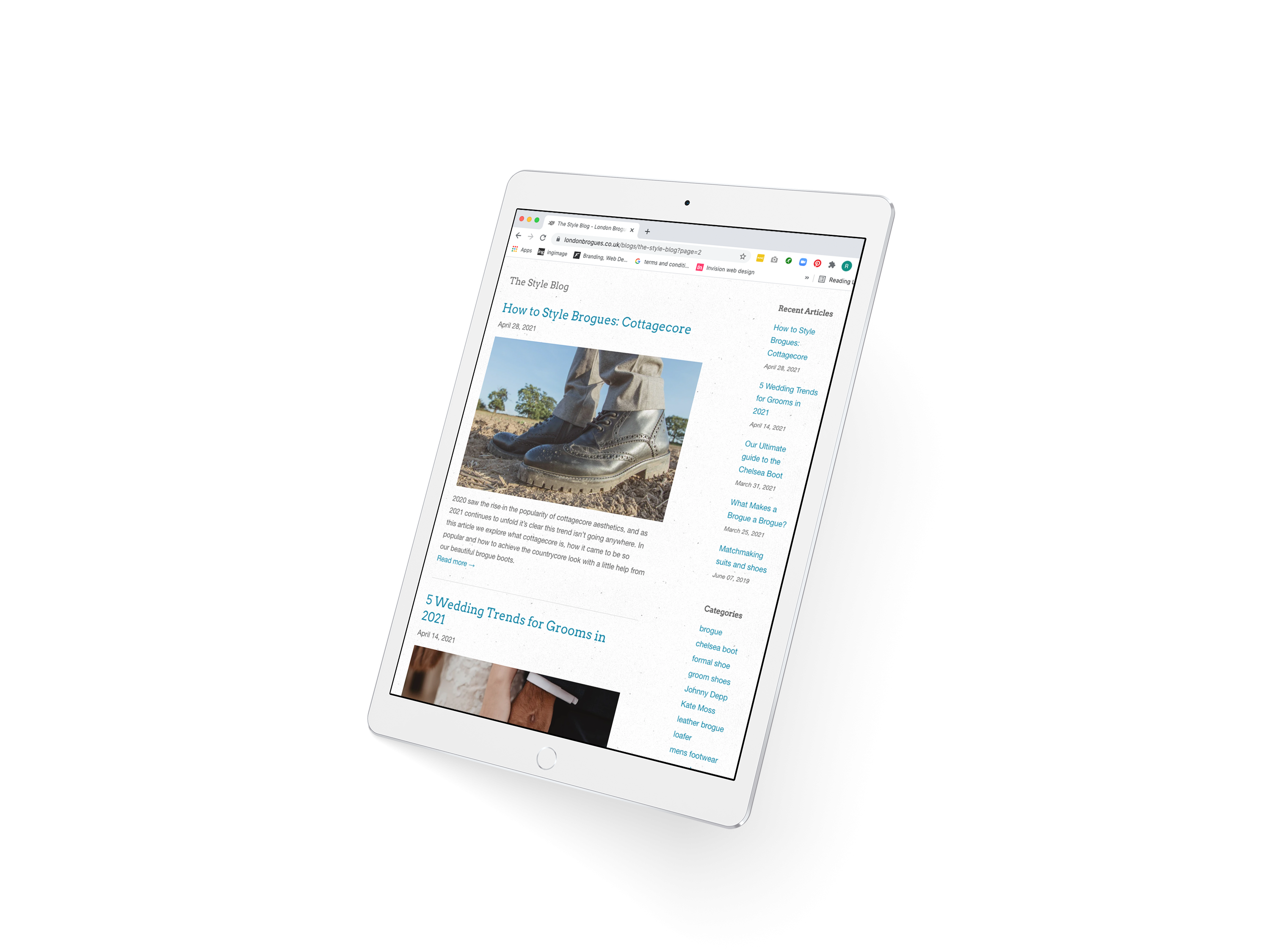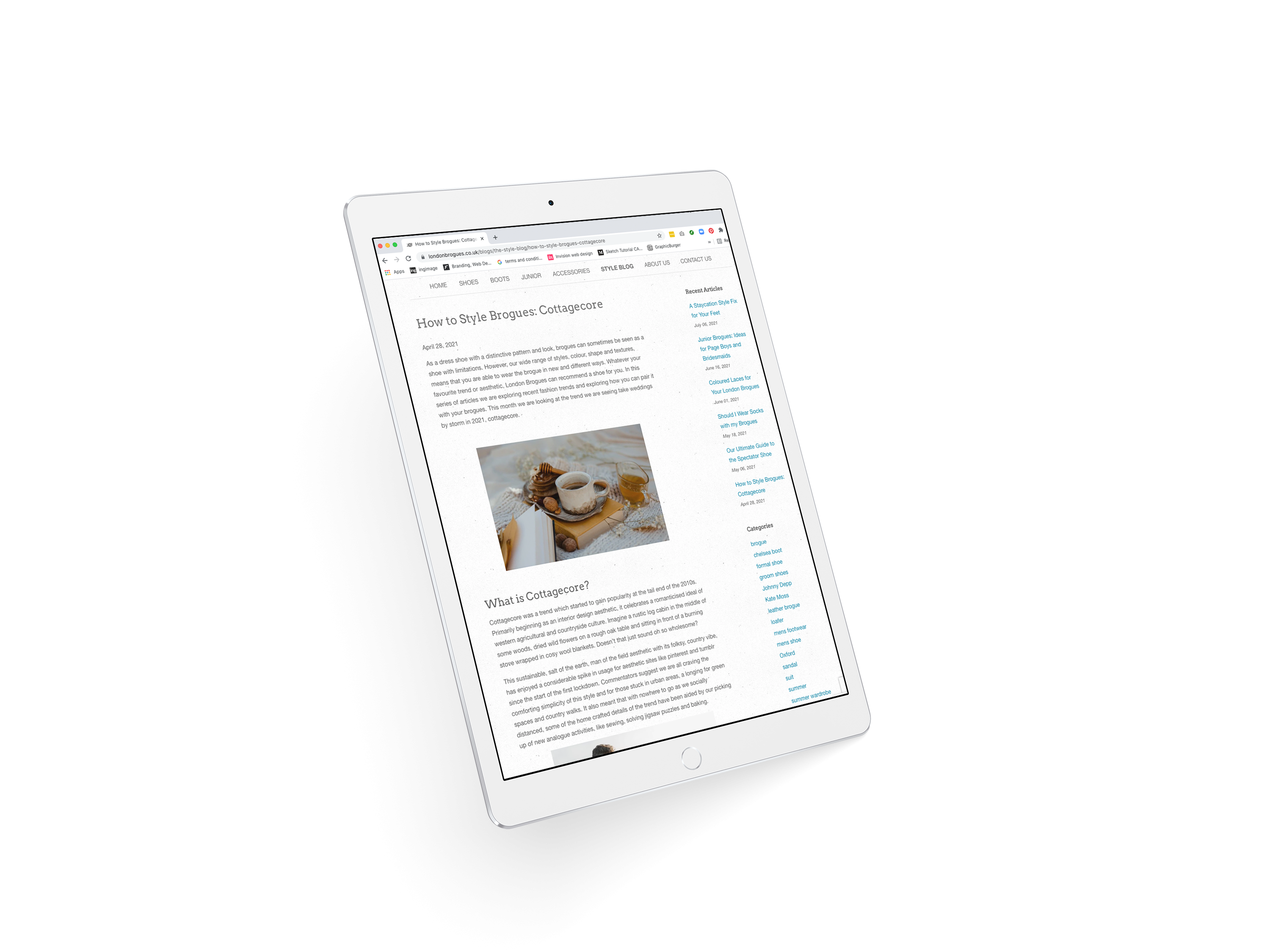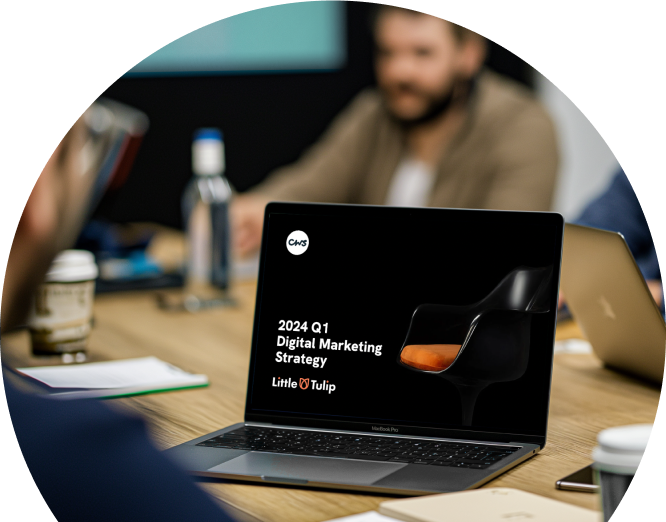How to Write SEO Optimised Blog Articles

Paul Dwight
7th July 2021
It can be difficult to balance writing compelling content in your blog for your users whilst also creating SEO content which will rank well in google and generate more traffic to your site. Writing engaging copy which entertains and encourages the users to read on whilst including necessary keywords can feel awkward and difficult. As specialists in digital marketing and as part of our copywriting service, we create effective SEO content using these tried and tested methods. In this article we hope to provide some tips which will help you write better copy and improve your blog content.
Plan What You will Write for Your Blog Post
Your blog is part of your digital marketing strategy. This means that its use will be most effective when fully planned out. What you write about in your blogs should be considered in order to have the most impact and to be of interest to your readers. Leave time to think and research your next post.
When we write posts for our clients, planning is essential to make sure we are hitting their goals and promoting the products and services they want us to. In order to write well and with authority on the subjects that interest our client and their users we have to engage in research which will then enable us to write the best copy for new blog posts.
Avoid Keyword Stuffing but Use Keywords
The use of keywords is often the main way people try to drive traffic to their new article. Whilst target keywords are essential, and selecting the correct ones is important, this can sometimes lead to keyword stuffing. This makes copy feel unnatural and uncoordinated, which can have the opposite effect of your SEO rankings to that intended.
The best way of implementing keywords well is to add them at points which feel natural. This can be helped by using keywords in titles and headings, or planning your paragraphs around a specific phrase which includes your keywords.
At CWS we use both Google keyword tools and other paid tools to pinpoint target keywords for our clients. This takes the guesswork out of knowing which search terms we need to include, allowing us to plan well and structure articles in ways which are interesting, legible and hitting all the keywords naturally.

Choose the Best Title for your Blog Post
As mentioned above, choosing your title in order to encourage more clicks will include researching the best subjects to write about and also targeting keywords which prospective users are most likely to search for. As well as including keywords, good blog titles should be short enough to show up in Search Engine Result Pages (SERPS) without breaks, provide accurate information about the contents of your blog post and be interesting enough to induce clicks.
When deciding on possible article titles we use specialist tools to understand the behaviour of potential users, what information they may be looking for and what search terms they are using.
Adding additional words to your search term such as a ‘A Guide to …’ ‘5 top tips for ...’ can help indicate the nature of the article. Including numerals in particular will stand out in the listings and help catch the users eye.
Building a Structure and using Headers Correctly
As a part of your content planning, it makes sense to build a writing structure into your article and signal this through clear headings. These headings not only help users reading your articles to scan through and quickly access if you have the content they are looking for, but also allows search engines like Google to establish the content of your article in order to rank it. This is why populating the headings with target keywords is a good idea.
Try not to use the same key word in every heading as it can become forced. Use a range of keywords to try and different combination of phrasing around them. Always remember that a great blog post has to engage humans, not just search engine analytics.

Using Links in your Blog Post
It’s helpful to use links within your blog posts, but only do so when appropriate. Appropriate use of internal links is a great SEO technique which can let search engines learn about what your page is about and discover more pages from your site. It also encourages the reader to spend more time and clicks on your site as they move to linked topics and explore more, reducing your bounce rate.
Don’t just add internal links arbitrarily though, remember a great SEO blog post also has to feel natural. A smart way to do this is to bring in links to other relevant articles or service and product pages you have referenced.
In our digital marketing work with our client London Brogues, we use internal links to create ease of navigation to products referenced in their style blog. We link both texts referring to specific footwear and pictures of the shoes in question to the unique product page with the call to action to buy. This drives traffic towards their sites marketplace, with a minimum of barriers to new users.
Choosing the length of Your Blog Post
Generating a lot of text is time consuming, and whilst blogs should be a minimum of 300 words long and longer blogs do give more opportunity for SEO content, the most important is quality. If you are new to copywriting and not confident in your writing skills then focus on creating shorter, more interesting posts that you can produce more easily.
The best blogs are comprehensive, but not waffling, entertaining but also well referenced where necessary and containing imagery of high quality. This will encourage external sites to also link to your blog and individuals to share it further afield.
It is important to keep your blog updated routinely. Create your timeline of posts as part of your strategy and stick to it. This may affect the length of your blog posts based on your level of resourcing. It may be that you schedule two shorter blog posts and one longer post per month in order to save on time and resources, whilst making sure your blog stays up to date.
Ask Someone to Read Your Writing First
We all can struggle to spot errors in our own work, so it is a good idea to get somebody else to read your writing before your blog goes live. A fresh pair of eyes will be able to catch any spelling or grammatical errors. They will also be able to see where any of your phrasing may not quite work or where there is accidental repetition. Blogs which are full of errors can appear unprofessional and misspelt keywords are no help to anyone.
As well as these details it is worth asking the reader if your article works overall. Do they understand what your blog is explaining? Do they feel that it is covering the topic it says it does? Do the headings match their paragraphs and does the writing deliver the key concepts you hoped it would?
In small teams it can feel difficult to get a fresh perspective on your work. But it is a quick step which can lead to upholding the professionalism and efficacy of your brand.

Don’t forget to Optimise your Meta Description
Meta Description can feel like a technical enigma to those new to SEO, but it is simply a description of what is on your page. Because Google may well show your meta description it is important to consider it and make sure it makes sense. It should divulge more information to the reader than the title, in order to encourage them to click the link, but also not extend beyond 200 characters.
Get the Most from Your Blog Post Once it is Live
New blog articles are essential to keeping your site up to date and showing that your site is maintained and active. It can be a tool for increasing trust in your company, showing that you are an authority in your sector and that you care about your client being informed and empowered in their decisions. It is therefore worth spending the time on your articles, or outsourcing its management to experts like us. One well written SEO friendly blog post article can then be shared across all your digital feeds, social media platforms and email marketing for no extra cost.
If you have read this article and are feeling concerned that your current blog may not be up to scratch, but has a lot of preexisting content that has taken time and money to create then don't worry. There is no rule to say that once you have gone live your blog posts have to be left alone. You can go back and further optimise or extend your blog articles.
We offer SEO audits which can help establish areas of your site which may be falling short and are happy to advise or implement changes which can optimise it further. Be aware also that implementing these changes will take a little time to show results. It takes time for Google to notice changes and help you climb the rankings, but with our assistance and top tips improvement is inevitable.

Like what you see and ready to start?
Let's talk!
The easiest way is to select an open space in our calendar for a discovery call at your earliest convenience.
Book a callWe work with clients of various sizes and across a wide range of sectors. We provide the following services:
Digital Marketing
Digital marketing solutions driven by results, designed to enhance your online presence and engagement, fuelling business growth.
PPC SEO Email Marketing Marketing for Charities Social Media
Websites
Efficient web-based systems, leveraging database-driven digital products to streamline operations and enhance user engagement.
Marketing Ecommerce Websites for Charities Bespoke Web Applications